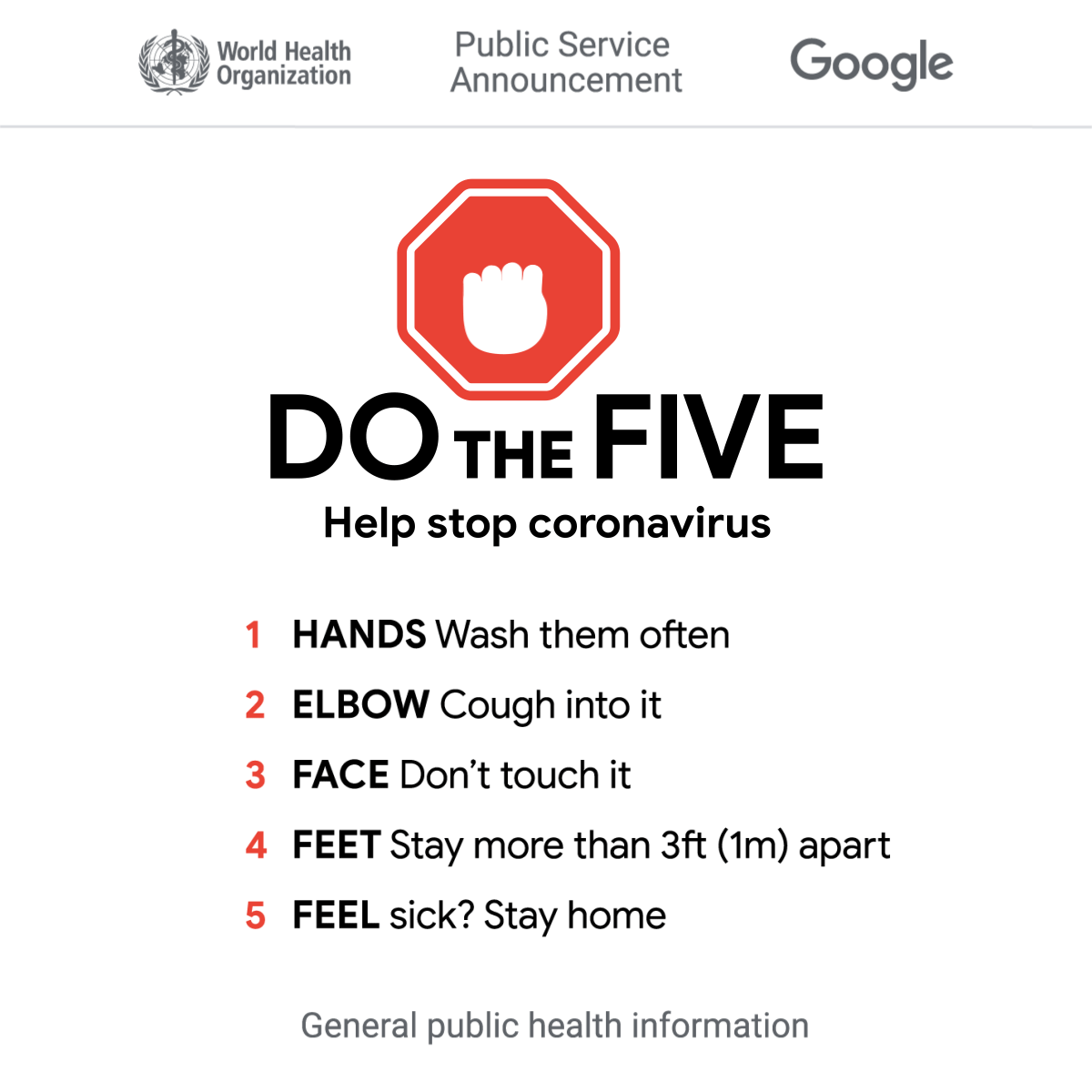 |
| blog.google |
After yesterday's post, Blogger got crushingly depressed. Yours Truly decided that a change of pace was in order.
Today Blogger wants to revisit the subject of dead malls. The inspiration for today's post came from a comment on Facebook, in response to empty malls. The commentator suggested converting empty or near-empty malls into mixed-use developments--i.e. affordable housing and retail space. Brilliant idea and something that is already happening in cities around the United States. Let us take at what malls are doing to make a comeback.
Could 2020 be the year of the mall comeback? Will it be a comeback with a twist? Why is the mall comeback important? Over the past few years, retail industry experts have sounded the retail apocalypse alarm and the death of physical malls. As great American writer Mark Twain once said "The reports of my death have been greatly exaggerated". Although venerable retail behemoth Sears has shuttered its doors and the equally venerable Macy's is closing down some of its outlets, the major American malls and shopping centers are alive and finding new ways to thrive.
| American Dream Mall East Rutherford, New Jersey americandream.com |
A year ago, American Dream--"a 3 million-square-foot mall in New Jersey 20 or years or so in the making..."-- (axios.com; Jan. 9, 2020; date accessed Mar. 24, 2020). Amazingly, at a time when malls are struggling to find tenants, the American Dream Mall already leased 90-percent (Ibid) of its storefronts, according to the newsletter Retail Brew. It followed the high profile opening of Hudson Yards in New York City and the New Jersey mall's developers are planning a second location in Miami, Florida (Ibid). What sets the mall apart from the typical dying mall is that it is only 45-percent retail and 55-percent entertainment (Ibid). "That trend is strengthening across the country" according to Todd Caruso, a senior managing director and retail expert at real estate company CBRE (Ibid).
Here are some points to consider:
- Vacant mall anchor stores (i.e. department stores that drive foot traffic) are being replaced with gyms, cinemas, and co-work spaces
- Between 2014 and 2018 traditional retail's leased square footage shrunk by 6.7-percent according to the International Council of Shopping Center
- However, non-retail tenants--i.e. fitness and entertainment businesses, have experienced a 5.6-percent increase. Leased restaurant space also grew by the 1.1.-percent
- The hope is that people will go to the mall for the experiences and stay to pickup a few things (Ibid)
| visioncritical.com |
Gen Z, that cohort between the ages of 7 and 22, continue to confuse corporate America. They do not drink, support retailers who take a political stand, and trust reality television personalities. Be that as it may, perhaps the most surprising thing about this cohort's spending habits is that they love shopping malls. How much to they love malls?
About 95-percent of Gen Zs visited a brick-and-mortar mall during a three month period in 2018, as opposed to 75-percent millennials and 58-percent of Generation Xs, according to the ICSC study (bloomberg.com; Apr. 25, 2019; date accessed Mar. 24, 2020). Here is a surprise, three-quarters of cohort that cannot seem to tear itself away from a screen (Gen Z), told the ICSC that they love going to a brick-and-mortar store because the experience was better than online (Ibid).
Admittedly, Blogger does concur with that sentiment. There is something extra special about touching the actual product and speaking to a person that makes the retail experience better than an app.
 |
| wsj.com |
Generation Z interact differently with stores than their millennial older siblings and Gen X parents. Retailers that failed to adapt to this difference wound up in bankruptcy court. Retailers catering to the adolescent age cohort who are savvy enough to understand this fact have found a way to adapt and thrive.
First, they do not fight the phone. Retailers, like Forever 21, reward phone-clutching shoppers with a 21-percent discount if they take a selfie in a Forever 21 outfit and show it to the cashier. Retailer apps send push notifications to shoppers to alert them to potential sales. The stores are more Instagram-worthy, filled with assorted knickknacks that really no one needs but are just too cute to pass up (Ibid).
Second, savvy retailers allow customization to make their products more personal by adding patches and buttons. EY consultant Marcie Merriman, who specializes in the Gen Z consumer, spoke to Bloomberg,
In the past, it has been a little more cookie-cutter...their mind just goes to a very different place because of their expectation that anything is possible (Ibid)
Even jeweler extraordinaire Tiffany & Co. launched a Make It My Tiffany program. Chief Executive Officer Alessandro Bogliolo told Bloomberg, You can have your bracelet, ring or piece of jewelry personalized (Ibid)
Finally, second-hand clothing is not second rate. The Gen Z cohort is turning to pre-owned clothing at a quicker pace, according to a Thredup's 2019 Resale Report. The pre-owned clothing e-retailer reports that one in three Gen Z shopper will buy second hand (bloomberg.com; Apr. 25, 2019). High-end retailer Nieman Marcus have gotten into the mix by buying a minority stake in Fashionphile's website (Ibid). The hope is that Nieman's involvement in the pre-owned market will translate into future new-product shoppers.
Clearly malls are not going anywhere, anytime soon. However, in order to survive and thrive malls will have to re-think their consumer strategy. Contemporary consumers want an experience, a story when they go to a store. Blogger is thinking something like the Apple Store where shoppers are, ideally, encouraged to develop a relationship with the product. More recently, Blogger wandered into a cosmetic store that felt more like a glamorous, very feminine boudoir than a cookie-cutter makeup store. The point is the mall as just a place to shop no longer holds. The mall as an experience is the future.
No comments:
Post a Comment